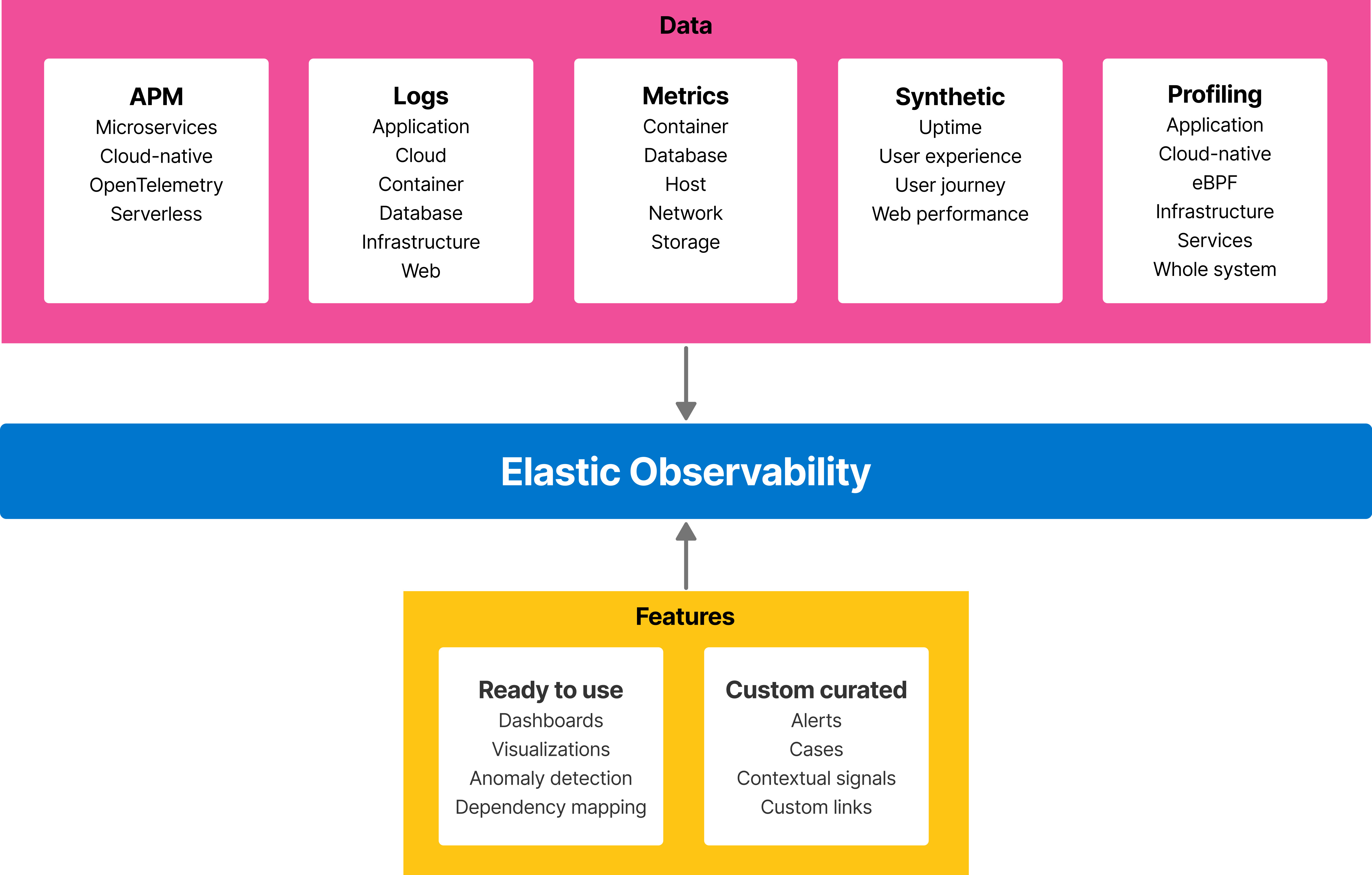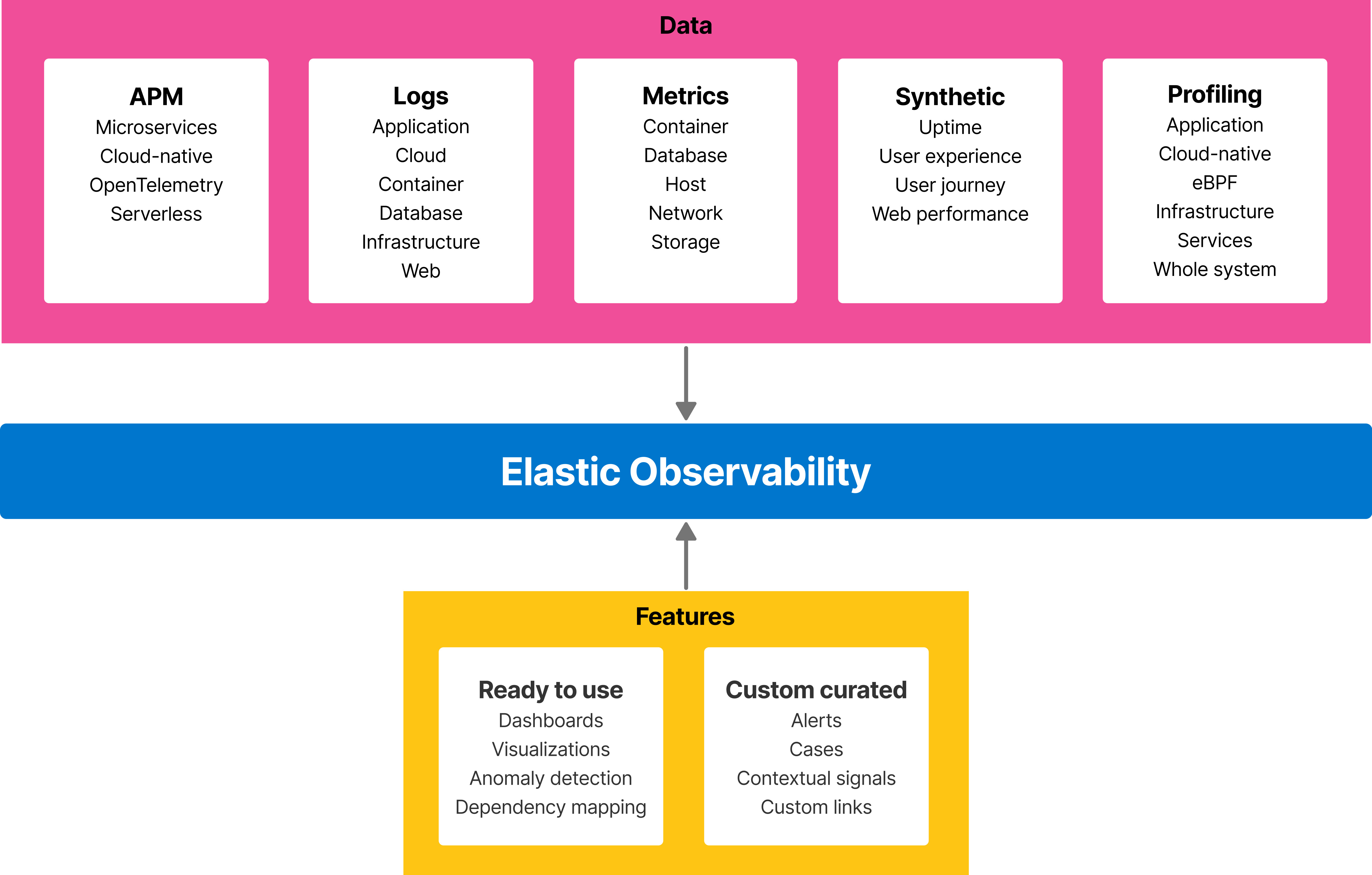Day1:Part 1 Introduction Understanding Elastic APM: An Essential Guide for Application Performance Monitoring
 Kunalsing Thakur
Kunalsing Thakur

Introduction: In today's rapidly evolving digital environment, it is essential to prioritize the optimal performance of your applications to deliver a seamless user experience. This is where Application Performance Monitoring (APM) tools come into play, offering developers and IT professionals invaluable insights into the performance, availability, and behaviour of their applications. Among these tools, Elastic APM stands out as a powerful solution that provides comprehensive monitoring capabilities for modern applications. In this guide, we’ll delve into the world of Elastic APM, exploring its features, benefits, and how it can help organizations achieve peak application performance.
What is Elastic APM? Elastic APM is part of the Elastic Stack, a collection of open-source tools designed to help users take data from any source, in any format, and search, analyze, and visualize it in real time. APM, in particular, focuses on monitoring the performance and behaviour of applications, providing insights into areas such as response times, error rates, and transaction traces.
Key Features of Elastic APM:
Distributed Tracing: Elastic APM allows you to trace requests as they propagate through various components of your application, providing visibility into performance bottlenecks and dependencies.
Error Tracking: Identify and diagnose errors in your applications, including stack traces and related contextual information, to facilitate rapid troubleshooting.
Transaction Monitoring: Monitor the performance of individual transactions within your application, enabling you to identify and address performance issues proactively.
Custom Instrumentation: Tailor APM to your specific application and infrastructure requirements by instrumenting custom code and frameworks.
Integration with the Elastic Stack: Seamlessly integrate APM data with other components of the Elastic Stack, such as Elasticsearch for storage and Kibana for visualization and analysis.
Benefits of Using Elastic APM:
Improved Application Performance: By gaining insights into the performance and behaviour of your applications, you can identify and address bottlenecks, leading to faster response times and enhanced user satisfaction.
Faster Troubleshooting: With detailed error tracking and distributed tracing capabilities, Elastic APM accelerates the troubleshooting process, minimizing downtime and reducing mean time to resolution (MTTR).
Enhanced Scalability: Elastic APM scales alongside your applications, providing consistent monitoring and insights as your infrastructure grows and evolves.
Cost-Effective Monitoring: As part of the open-source Elastic Stack, Elastic APM offers a cost-effective solution for APM, with flexible deployment options to suit your organization’s needs.
Getting Started with Elastic APM: To start leveraging the power of Elastic APM, follow these steps:
Installation: Install and configure the Elastic APM agents for your programming language and framework.
Instrumentation: Instrument your application code to capture relevant metrics and traces.
Configuration: Customize APM settings to align with your monitoring requirements, such as sampling rates and data retention policies.
Visualization and Analysis: Use Kibana to visualize and analyze APM data, gaining insights into your application’s performance and behaviour.
Conclusion: Elastic APM offers a comprehensive solution for monitoring the performance and behaviour of modern applications, providing developers and IT professionals with the insights they need to ensure optimal application performance. Organizations can improve troubleshooting, scalability, and user experience by using tools like distributed tracing, error tracking, and integration with the Elastic Stack. Whether you’re building microservices, web applications, or APIs, Elastic APM empowers you to monitor and optimize your applications effectively.
Subscribe to my newsletter
Read articles from Kunalsing Thakur directly inside your inbox. Subscribe to the newsletter, and don't miss out.
Written by
